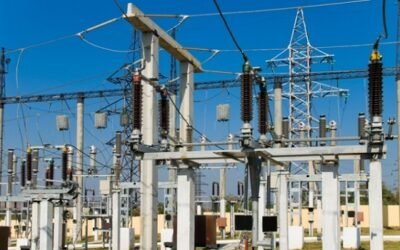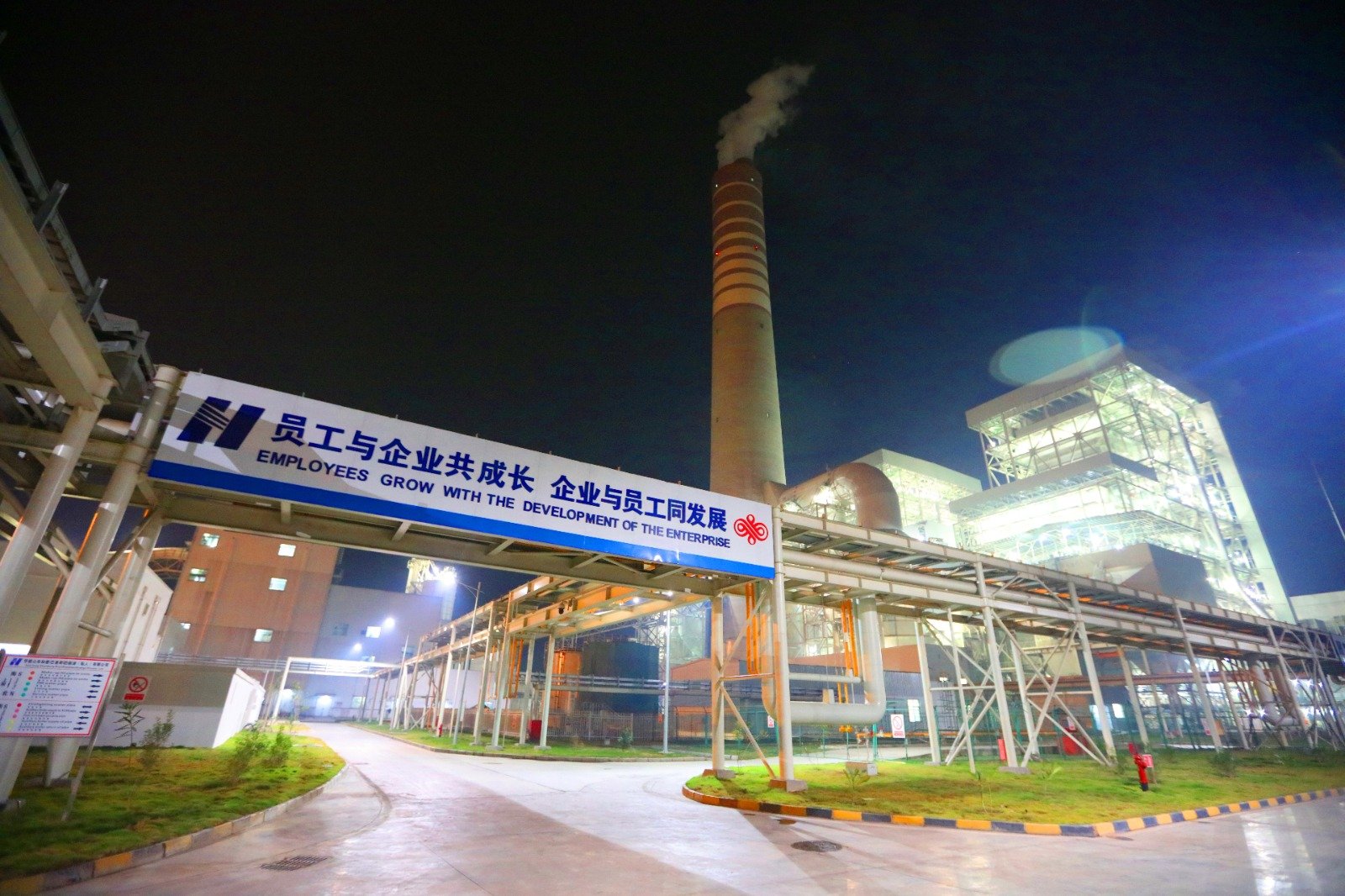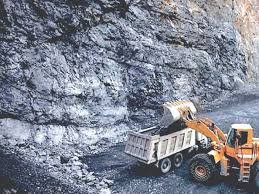Staff Reporter
SAHIWAL
For many years, Pakistan’s national power grid has faced immense pressure. Rapidly rising demand, seasonal extremes such as scorching summers, and fluctuations in hydropower or renewable generation during low water or low wind and sun periods have combined to create instability. The result has often been frequency shifts, voltage drops, and in severe cases, widespread load-shedding. Against this background, the commissioning of the 1320-megawatt Sahiwal Coal-Fired Power Plant has proven to be a turning point. It has not only added much-needed capacity but has also emerged as a saviour for grid stability, acting as a backbone for the transmission system and a shield against systemic collapse.
The plant, equipped with two supercritical units of 660 megawatts each, began commercial operations in October 2017. Its strategic location in the heart of Punjab, near major demand hubs like Lahore, Faisalabad, and Multan, has placed it in a geographic sweet spot. Power from the plant is injected into the national transmission network through a 500 kV “in and out” configuration at Qadirabad on the line between Yousafwala and Lahore. This positioning allows the facility to feed load centres directly while reducing reliance on long transmission corridors that previously carried power over great distances. The effect is a reduction in line losses, better load sharing, and a significant improvement in local voltage profiles. By being close to consumption centres, Sahiwal helps prevent the voltage drops and transmission losses that were common before its commissioning.
Beyond sheer capacity, the contribution of Sahiwal lies in its ability to provide a stable, reliable base-load. In Pakistan, where a large portion of generation depends on hydropower that fluctuates with water inflows and on renewables that vary with weather, the constancy of a thermal base-load plant becomes indispensable. Sahiwal’s continuous generation reduces frequency fluctuations in the grid and protects the system from under-frequency events that can otherwise cascade into blackouts. This role has been most evident during peak summer seasons, when air conditioning and refrigeration push demand to extreme highs, or during monsoon failures, when hydropower drops suddenly. At such moments, Sahiwal has acted as the anchor that steadies the entire system.
Another dimension of its stabilizing effect lies in the provision and absorption of reactive power. Pakistan’s summer loads are highly inductive, demanding large amounts of reactive power to maintain voltage. Without nearby sources of reactive support, voltages tend to sag, leading to brownouts and equipment stress. The generators at Sahiwal are capable of supplying the necessary reactive power in such conditions, thus keeping voltages within the acceptable range. In winter, when reactive demands are lower or can even reverse, the same units absorb excess reactive power, again helping balance the system. Voltage stability across distribution companies in Punjab has improved substantially.
The plant’s configuration also adds flexibility to transmission operations. The “in and out” design at Qadirabad allows power to flow in either direction depending on system requirements. This bi-directional capability reduces congestion, makes the system more adaptable, and enhances resilience against faults or unexpected changes in supply and demand. Furthermore, with the addition of Sahiwal’s output, transformer banks at Yousafwala that were under-utilized in the past are now more effectively loaded, and additional transformer capacity has been installed to handle the enhanced injections into the network. This coordinated development has strengthened the reliability of the local grid.
Perhaps the most visible proof of Sahiwal’s importance has been observed during extreme weather and demand conditions. During recent summers marked by record heatwaves, when nationwide demand surged to the limit, the plant delivered consistent output that helped avoid frequency collapses and widespread outages. Similarly, during heavy monsoon rains when hydropower generation faltered and transmission lines came under stress, Sahiwal’s stable operation kept supply steady and prevented a collapse of the grid.
The performance of the plant has been validated through repeated Annual Capacity Tests, in which it consistently surpassed its benchmark. In one recent six-hour full-load trial, the plant generated more than 1,252 megawatts against a target of around 1,243, proving both reliability and efficiency.
Environmental and cost considerations also play into the long-term role of the plant. As a coal-fired facility, Sahiwal contributes emissions and requires careful management of coal ash, water use, and other by-products. Although its technology has been reported to perform better than required standards in some areas, concerns remain, especially in light of Pakistan’s commitment to cleaner energy in the future. Furthermore, reliance on imported coal exposes the country to fluctuations in global coal prices, which can raise the cost of generated electricity. These factors underscore the importance of integrating Sahiwal into a diversified energy strategy that includes renewables, gas, and hydropower, rather than depending on it as the sole pillar of stability.
Nevertheless, the plant’s contribution is undeniable. It has reduced voltage fluctuations, curbed frequency instability, and cut down on load shedding during periods of peak demand. By being geographically central, it has shortened the path of electricity to major consumers and reduced losses. By offering reactive power support, it has corrected voltage imbalances. By operating steadily during stress events, it has prevented cascading failures. In short, it has become the unsung backbone of Pakistan’s grid.
Looking ahead, Sahiwal will continue to serve as a stabilizer even as Pakistan expands solar, wind, and other renewable sources. The variability of these newer sources makes the role of a reliable base-load generator even more important. By filling in gaps when renewable generation dips, by absorbing fluctuations, and by offering reactive power support, Sahiwal can complement the country’s transition to cleaner energy while maintaining reliability in the present. Its role as a bridge between today’s challenges and tomorrow’s ambitions will be critical.
In the end, the Sahiwal Coal-Fired Power Plant is not just a large thermal unit. It is an anchor point that holds together a fragile grid, a safeguard that prevents collapse under stress, and a foundation on which further improvements can be built. Its future will depend on careful fuel logistics, consistent transmission upgrades, environmental management, and a balanced mix of generation sources.






